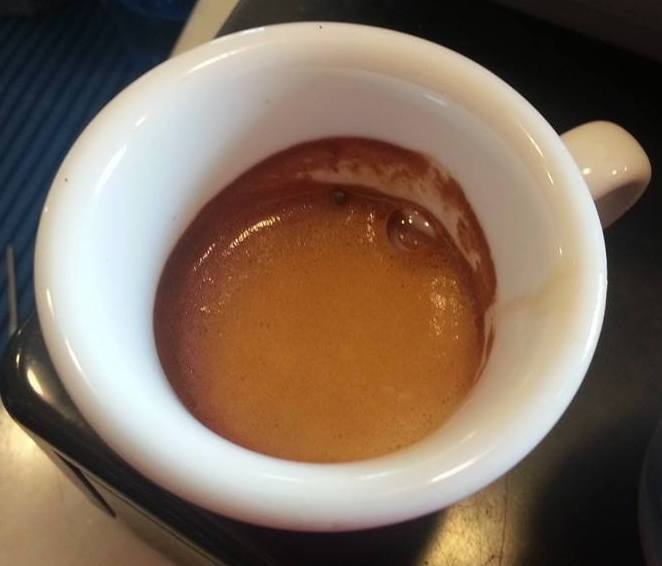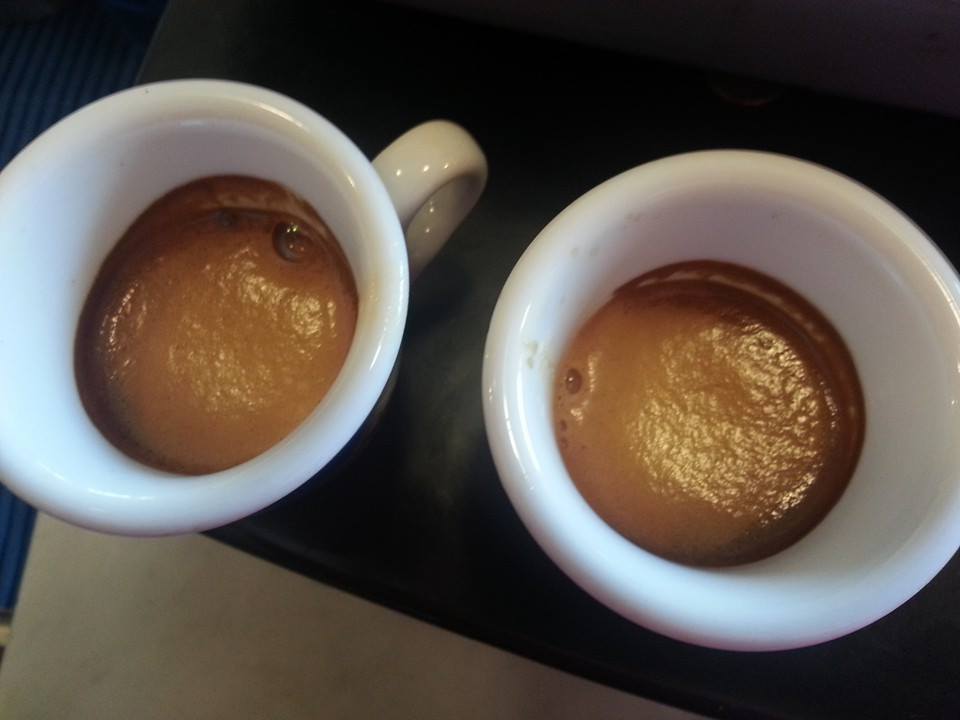It will probably have happened to any barista before: you open a new bag of coffee, fill it in the coffee grinder, begin to turn the beans into espresso and then see that the crema is not what it should be.

The crema on the picture above is just how it should not be. It is more like a foam with large air bubbles, which causes it to dissolve quickly and stick onto the side of the cup.
In 99% of the cases, it´s because the coffee was not roasted long enough. We call this “fresh coffee”.
Coffee beans intended for espresso should rest for at least 48 hours after roasting. During this time degassing takes place: during roasting carbon dioxide is produced in the coffee, which is essential for the crema, but only to a certain extent.
Moreover, coffee has its own life cycle: after a few days rest, the coffee takes on its very best taste, much better than at the beginning. It should then be consumed within about three months of roasting, as it loses more and more quality afterwards!

The crema of a too “fresh” espresso
What should we do when coffee is too freshly roasted?
First of all, the roasting company should be notified, who will surely grateful for this advice!
But what can you do in the meantime, until this coffee is replaced?
If you are the lucky owner of an espresso machine that can control the extraction temperature, it can help to turn it down a few degrees.
Another option that we discovered in an online forum is very similar in concept to the first one: you could put the portafilter under cold water before each extraction. However, we think that this method is quite complicated. In addition, the “temperature shock” could damage the portafilter. So, if possible, we recommend the first option.
Also, the quality of the espresso increases if one manages to increase the space of extraction. This means that the distance between the pressed coffee plate in the portafilter and the water outlet is increased, causing the pre-brewing process to be lengthened. Of course, the water outlet cannot be changed quickly, so you need to use a deeper filter than usual.
Source: Simone Celli, ilcaffeespressoitaliano.com
All our coffees at Mokaflor are first roasted individually (to achieve the right roasting degree for each type of coffee) and then stored for at least 48 to 62 hours so that they can degas. After the approval of quality control, we then pack the coffee. Learn more about our roasting method, here!
Want to know more about coffee roasting? Join our Coffee Roasting Courses at the Espresso Academy in Florence!
